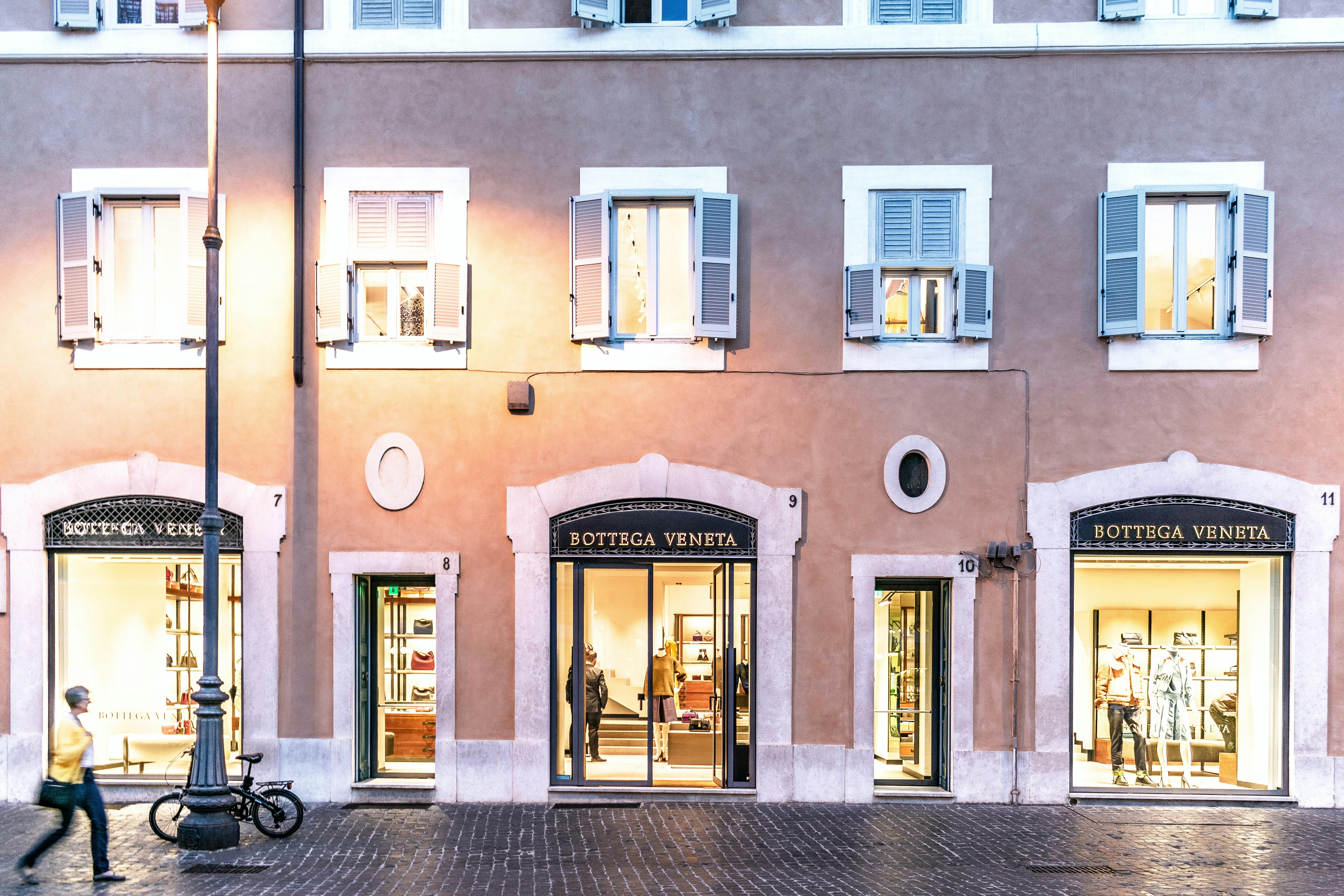Democratising the luxury experience
While events over the last six months may have accelerated the process, luxury retail has been experiencing something of a metamorphosis for some time now.
And though this year’s golden quarter will look a little different, with an open mind and a willingness to embrace evolution, there’s a lot the sector can do to ensure the changes it has gone through benefit customers and encourage them to invest in luxury items with renewed enthusiasm this Christmas.
Because today’s audience for luxury bucks a number of trends – it is:
- Younger - by 2025, Millennials and increasingly Gen Z are predicted to account for half of all luxury sales
- Concerned about investing in quality statement pieces rather than overt displays of wealth
- Interested in heritage and the brand story
- Looking to be part of a community of like-minded customers
And the moves the luxury sector has made towards democratising the customer experience will support this new-look audience.
Redefining ‘elite’
Traditionally, the luxury customer experience has been driven by wealth – until relatively recently, ‘elite’ was something you could buy your way into, with the ability to acquire as a defining factor. Now, the emphasis has shifted – while luxury customers still need the cash to be able to afford high-end items and experiences, ‘elite’ is more of an attitude and way of thinking, and younger, more conscious consumers are willing to save to invest in a special purchase. As brand interactions agency Matter Of Form highlighted in their Luxury Report, ‘[their] sense of personal identity is shaped by politics, social and traditional media, as much as by personal and business motivations.’
What this means for customer experience
Personal service has always been at the heart of luxury retail, but delivering an experience that goes beyond simply providing access to high-value goods involves a commitment to educating and inspiring store associates, personal shoppers and consultants so that they can offer the sense of ‘belonging’ this audience craves. It’s much more than a transactional relationship – it’s a conversation with a trusted friend who has all the answers to their clients’ questions at their fingertips.
Repurposing the ‘store’
As the digitally-native Millennial and Gen Z luxury shoppers continue to bolster the market in their search for quality, story-led pieces and the impact of the pandemic makes permanent changes to the way customers in general interact with retailers, the format of the ‘store’ is inevitably coming under close scrutiny. According to Luxe Digital magazine, the challenges facing luxury retail have ‘accelerated the speed at which luxury brands need to adapt to remain relevant. In particular, the digital transformation of luxury is essential.’
What this means for customer experience
No luxury retailer should be surprised by the news that they need to embrace digital transformation – a number of brands have been able to weather the current storm by doing just that. Connecting with clients in a way that still feels personal in an emotional rather than physical way depends on technology – online for the store front, virtual consultations for one-to-one clienteling and remote sales to augment concierge services.
For those luxury retailers still clinging to traditional ways that in reality are just holding them back, it’s a matter of recognising the need to let go, move on and evolve if they want to capture the imagination – and business – of the digitally-native audience that will be providing the bulk of their revenue.
Take the first step and contact us for a demo today.

